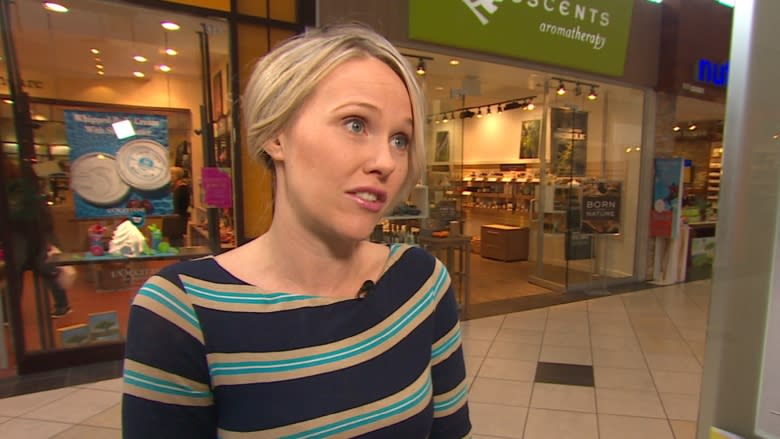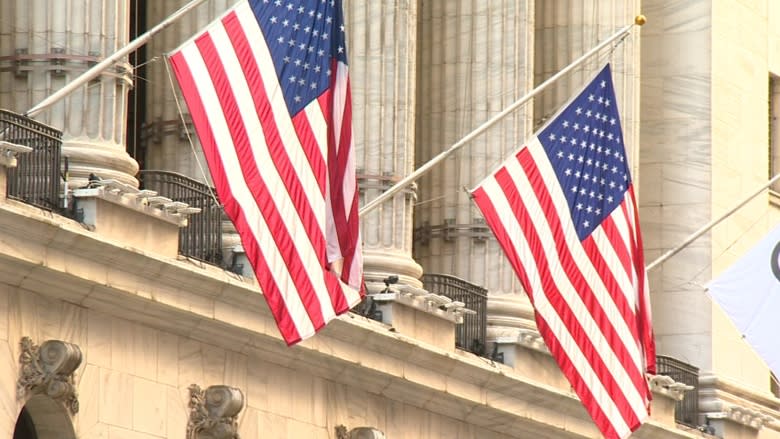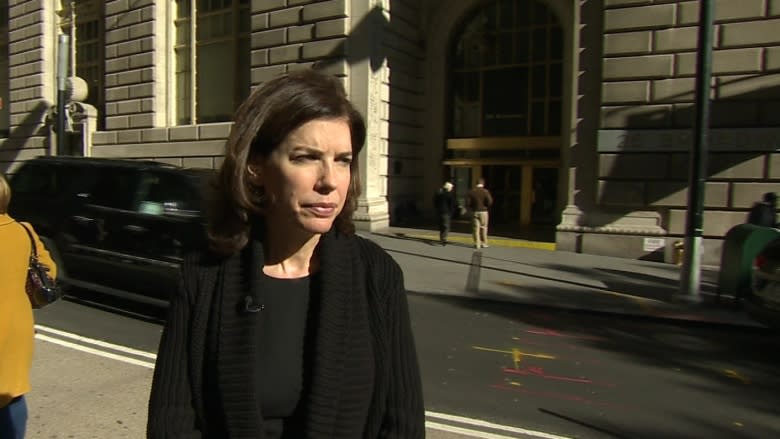Gender gouging: Women often pay more than men
As Black Friday approaches, here’s something that might make you see red: If you’re a woman, you may be paying more for a range of products than men are.
The practice is called gender pricing, where men and women are charged different amounts for similar products and services.
While some jurisdictions such as New York City have outlawed pricing discrimination based on gender, no laws in Canada prohibit the practice.
CBC’s Marketplace tested gender pricing at three of Canada’s largest retailers — Wal-Mart, Hudson’s Bay and Target — and found that similar products for men and women weren’t always the same price.
The Marketplace investigation, "Price Wars: Battle of the Sexes," airs Nov. 21 at 8 p.m. (8:30 p.m. in Newfoundland and Labrador) on CBC Television and online at cbc.ca/marketplace.
In some cases, women got much less product than men did. In others, they paid more than twice what men did for comparable products from the same manufacturer. In one case, a men’s anti-wrinkle cream cost $8.99. The women’s version from the same company? It cost $22.99.
And that gap starts early: Marketplace found significant differences in some children’s products,with items for girls priced higher than similar ones for boys.
In written statements, Wal-Mart, Target and Hudson’s Bay said that price gaps reflect differences in packaging, manufacturing costs or ingredients and are not based on gender.
But Katie Dunsworth-Reiach, a personal finance author and coach, said that the practice needs to stop.
“What message is that sending to little girls, that because you like princesses you have to pay more?” Dunsworth-Reiach told Marketplace co-host Erica Johnson.
France to study problem pricing
This week, France’s Economy Ministry announced it would study the problem of gender price discrimination.
"It's a first victory if people are asking themselves the question when they walk into a store and compare prices," GaelleCouraud, from the women’s right’s group Georgette Sand, told the Associated Press.
The Associated Press found hair salons in Paris that charged women $61 and men $39. Deodorant and shaving cream were also priced differently: Women’s deodorant was $2.89, while men’s was $2.78; women’s shaving cream cost $4.07, men’s only $3.39.
Some jurisdictions have taken action to prevent gouging based on gender.
New York City has had a law banning gender pricing since 1998. Under the law, businesses are not allowed to charge more for services, like cutting hair or dry cleaning clothes, based on gender.
“There are really three main types of businesses that we see the most violations and those are hair salons, nail salons and dry cleaners,” Julie Menin, commissioner of the New York Department of Consumer Affairs, told Marketplace co-host Tom Harrington. “Those seem to be the ones that violate this particular law the most.”
Businesses are allowed to charge more if something requires more labour, but can’t charge based on gender alone.
For those caught violating the law, fines can range from $50 to $500.
“We're really seeing a big effect from it,” says Menin. “There's still people who are violating it, but we're stepping in and investigating those cases quickly.
“From the customer's perspective, people have been very happy about this law, because they really feel it's protecting consumer rights and making sure that items are being priced fairly.”
California passed similar legislation in 1996.
Canadian efforts stalled
In 2005, Ontario LIberal MPP Lorenzo Berardinetti introduced a bill to prohibit price discrimination on the basis of gender.
"A dollar in my hand should be worth the same as a dollar in your hand or anyone's hand in the province of Ontario," Berardinetti told CBC News.
“In order to create a society where people are judged by the content of their character rather than their physical characteristics, practices such as these must be eliminated,” the bill stated.
The bill was referred to the standing committee on social policy, but did not become law.
The Ontario Ministry of Government and Consumer Services and the Retail Council of Canada declined to speak with Marketplace about the investigation.




